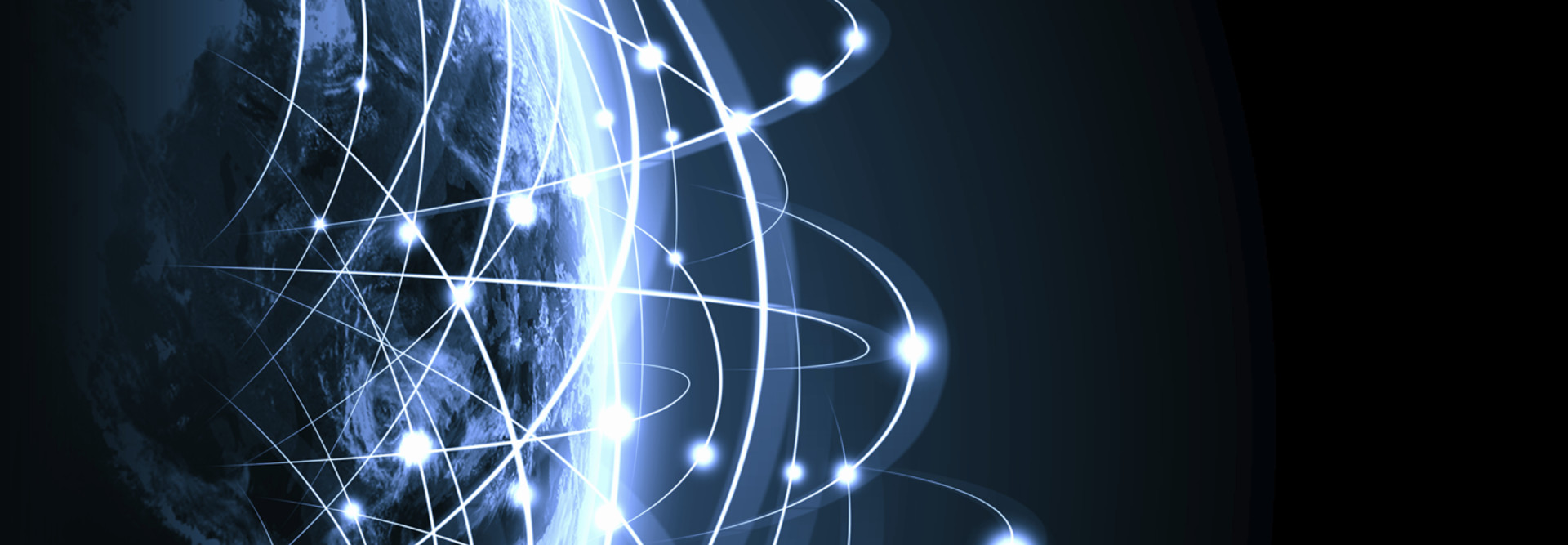6 Reasons You Should Care About the Internet of Things
We’ve all heard of Google’s self-driving car and smart refrigerators that can alert us when the orange juice is running low or we're almost out of eggs. But what does the future of connected devices — better known as the Internet of Things (IoT) — hold for government agencies?
Michael Chui, a partner at McKinsey Global Institute, offers six categories that illustrate the breadth and potential of IoT applications for both the public and private sectors.
But there’s still a big learning curve ahead as agencies try to understand what IoT entails and what challenges they must address. A GovLoop survey of 800 government and industry employees found that 50 percent said they had not heard of the Internet of Things and 15 percent had heard of it but weren’t sure what it means. Only 9 percent of those surveyed said their agency is actively exploring the Internet of Things, and more than half said they were unsure.
One thing that’s certain is that agencies will have to rethink internal processes to benefit from IoT.
“You have to change the way you make decisions if you’re going to use the Internet of Things effectively,” Chui said at a GovLoop training event in Washington, D.C., this week. Decisions can’t be made by HIPPOs, or the highest paid person’s opinion.
And IoT has its challenges: data privacy and security concerns, the cost and capability of sensors, and legal liability, Chui said. “What happens when [an] autonomous system crashes into someone?” he asked. Who gets sued?
Here are the six IoT benefits Chui described:
-
Tracking behavior. Many agencies have to track assets or inventory, and having increased visibility into the current state of those items and their locations is valuable to any organization. Technology can also be used to track people's behavior.
-
Enhanced situational awareness. Aggregated information in real time can greatly enhance situational awareness. Chui highlighted a gunshot detection system called ShotSpotter as an example of the power that comes from greater situational awareness. The technology uses sensors and microphones to detect the location of gunshot activity and strategically deploy law enforcement resources.
-
Sensor-driven decisions. Chui used a healthcare example to illustrate this kind of decision-making. What if physicians had a continuous series of information about a patient’s health, as opposed to periodic updates during doctor’s visits? “That is a much better set of data [with] which to diagnose and manage disease,” Chui said. This also applies to the healthcare of objects, or predictive maintenance. Having more real-time data streams allows organizations to make better long- and mid-term decisions, he said.
-
Process optimization. Many scientific revolutions were preceded by measurement revolutions, and the same is true for management revolutions. What if you could better measure processes? How would that boost efficiency?
-
Optimize resource consumption. If we can use sensor networks in real time to optimize utility resources like energy and water consumption, the potential value is huge, Chui noted.
-
Complex autonomous systems. The government and public safety organizations are exploring the use of drones and autonomous cars and robots. Organizations are also testing vehicle-to-vehicle technology to reduce collisions and save lives.









